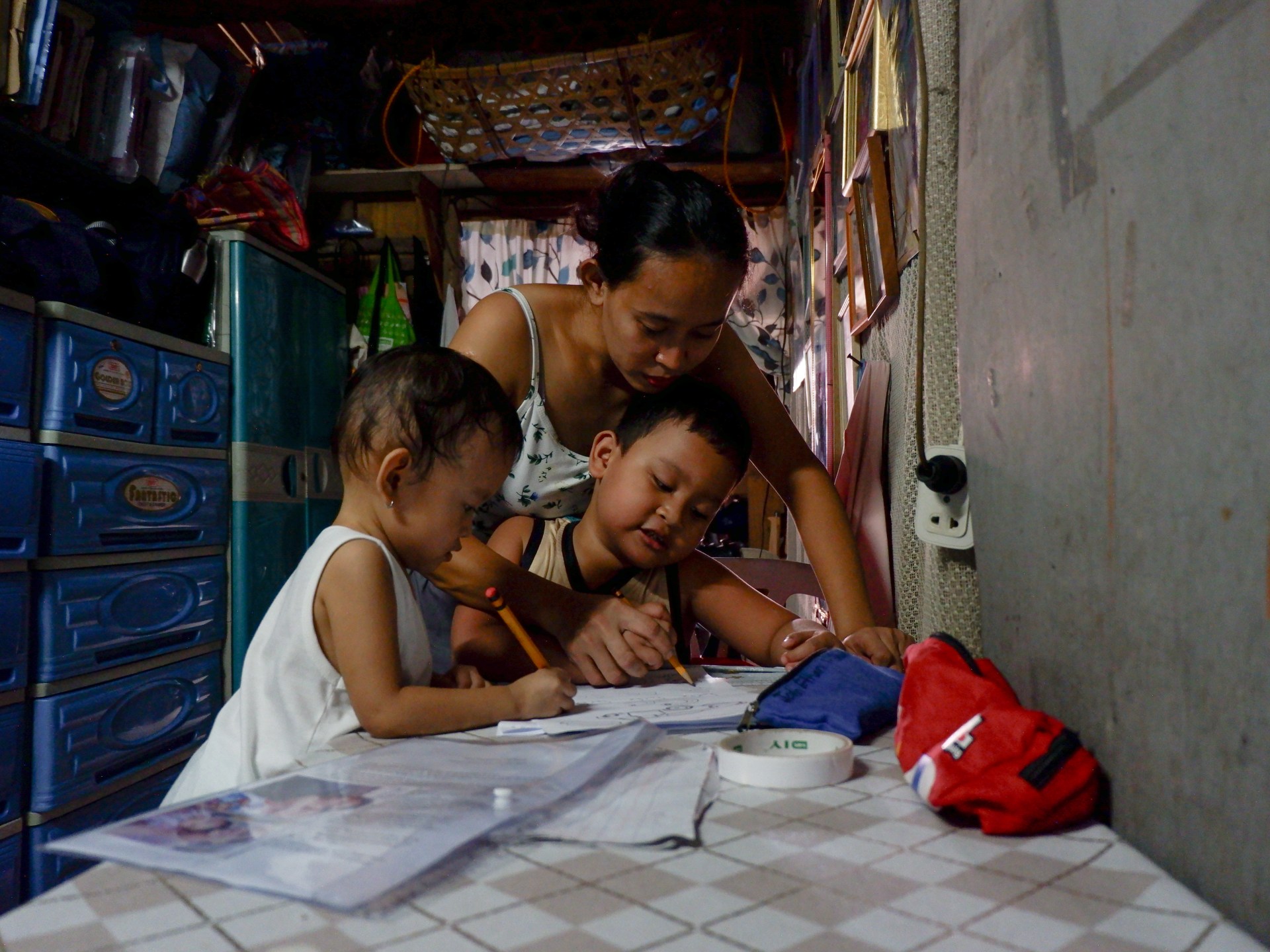In the Philippines, the Tagalog word “pamamalo” refers to the corporal punishment of children.
This violent means of domestic punishment, which typically involves beating a child by hand or with the use of household objects, is widely believed to be an effective form of discipline.
Multiple studies, however, have shown physical punishment to be both ineffective and harmful, instead triggering pain, sadness, fear, anger and trauma. It can desensitise children to violence and damage family relationships, according to the World Health Organization (WHO).
Despite positive parenting approaches promoted by the government and child rights advocates across the country, and a 2012 commitment to the international community to ban corporal punishment, the practice of pamamalo persists in Filipino households.
According to the United Nations Children’s Fund (UNICEF), approximately 20 million, or 59 percent of the 33.4 million children aged between one to 14, have experienced a violent form of discipline in the Philippines in the past month. Globally, one in four mothers and primary caregivers consider physical punishment to be “necessary to raise and educate children properly”, UNICEF found.
Typically, in a Filipino household, mothers look after their children. Many mothers themselves experienced violence as children, while financial hardship, mental health issues and domestic violence can pose challenges for parenting. Parental support and guidance are therefore important for children, as is creating a safe home which plays a crucial role in a child’s development and which should be a first refuge from any form of violence.
My photo essay for the Safe Photography Project run by global youth agency Restless Development, is part of a global campaign and ministerial conference to end violence against children. It is being exhibited at the conference, which is taking place in Bogata, Colombia on November 7 and 8, as part of 10 essays by young people from around the world who explored what “safe” means to children in different communities.
In the Philippines, I chose to look at what “safe” means through the themes of pamamalo and home. My essay aims to understand how local communities can foster safe households.
In the community of Barangay Hagonoy, a densely populated area in Taguig City, which has a population of nearly 900,000, I documented three mothers engaged in an open conversation about the tradition of pamamalo. My photo essay explores each mother’s lived experience with pamamalo, their willingness to break the cycle and their search for a more positive approach to parenting.
*Names have been changed in this photo essay











